
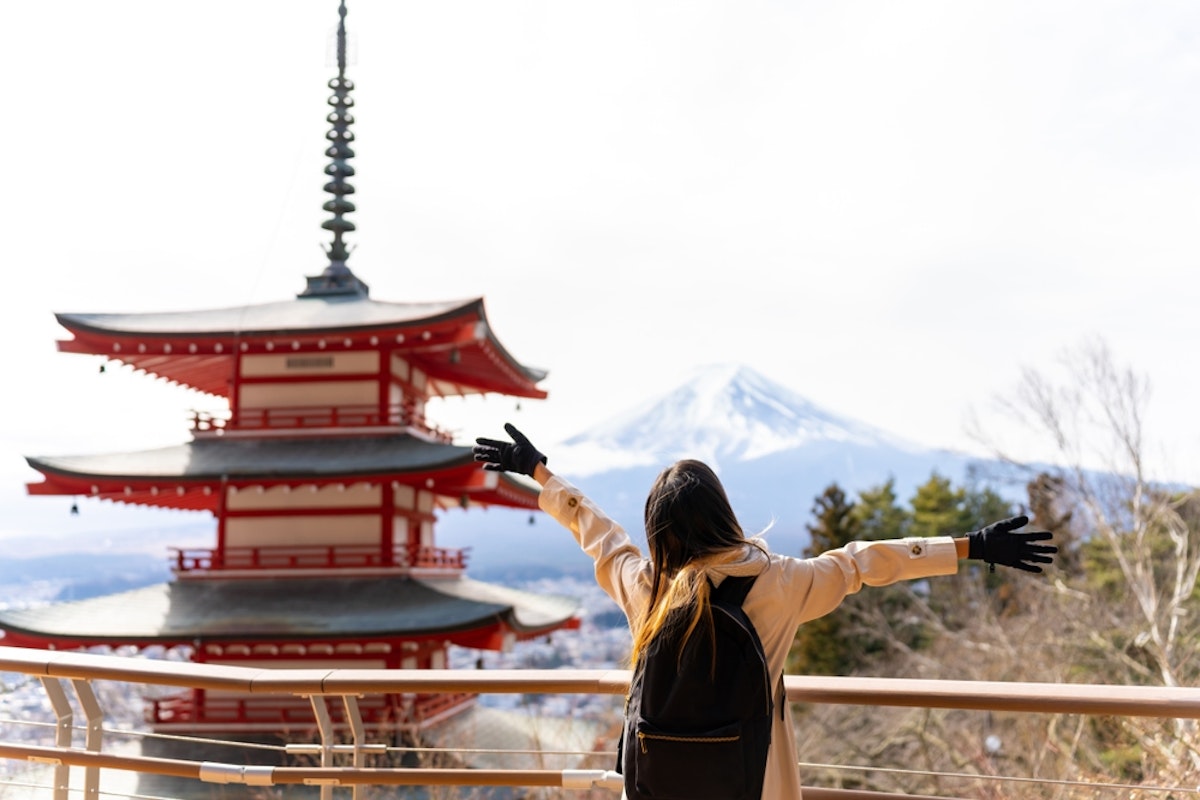
Mount Fuji is not only Japan’s highest peak but also one of its most cherished landmarks. Visible from as far as Tokyo on clear days, this majestic mountain attracts millions of visitors every year. Whether you're planning a day trip or a longer stay, traveling to Mount Fuji from Tokyo is a journey filled with spectacular sights, unique experiences, and plenty of opportunities for adventure.
Here are 10 tips to make your journey smoother, more enjoyable, and packed with unforgettable moments.
Getting to Mount Fuji from Tokyo offers several transportation options, each with its advantages:
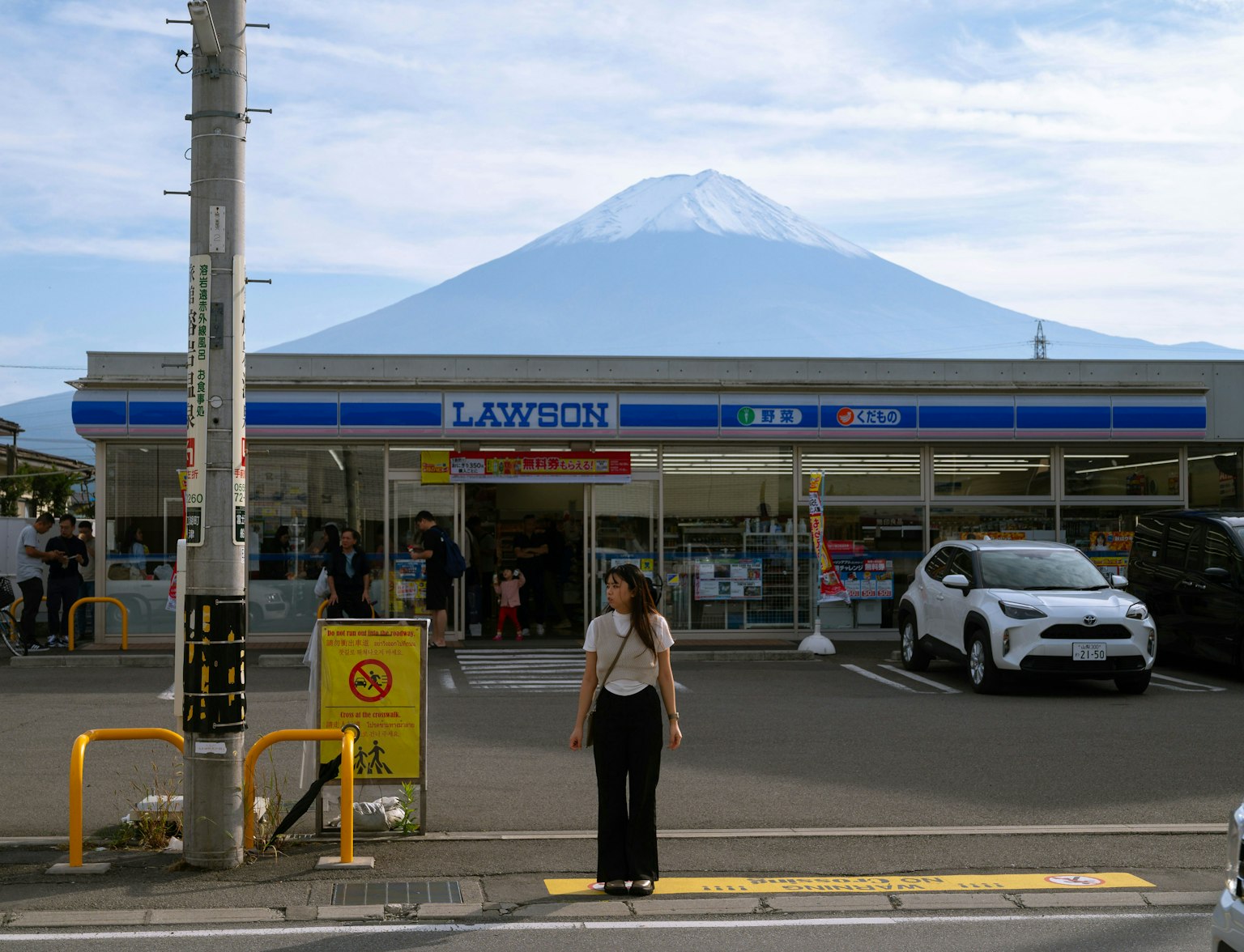
Enjoy a full day exploring Mt. Fuji’s highlights. Visit Lake Kawaguchi, ride the scenic ropeway, try a matcha tea experience, and see the clear ponds of Oshino Hakkai.
Bullet Train (Shinkansen): The fastest way to get close to Mount Fuji is by taking the Tokaido Shinkansen from Tokyo or Shinagawa Station to Shin-Fuji Station. While this route doesn’t take you directly to the Fuji Five Lakes area, it offers stunning views of Mount Fuji. You can take a local bus from Shin-Fuji Station to explore nearby attractions.
Express Trains: From Shinjuku Station, you can take the JR Limited Express Azusa or Kaiji trains to Otsuki Station. From Otsuki, transfer to the Fujikyu Railway, which connects to Kawaguchiko Station, the gateway to the Fuji Five Lakes area.
Highway Buses: Direct buses from Tokyo Station, Shibuya Station, and Shinjuku Station are convenient and budget-friendly. These buses stop at popular spots like Kawaguchiko Station, Fuji-Q Highland, and other areas near Mount Fuji.
Rental Cars: Driving offers flexibility and allows you to explore lesser-known places. Consider renting a car if you’re comfortable with Japan’s road rules. The Fuji Subaru Line, a scenic toll road, takes you to the 5th Station, a popular starting point for climbers.
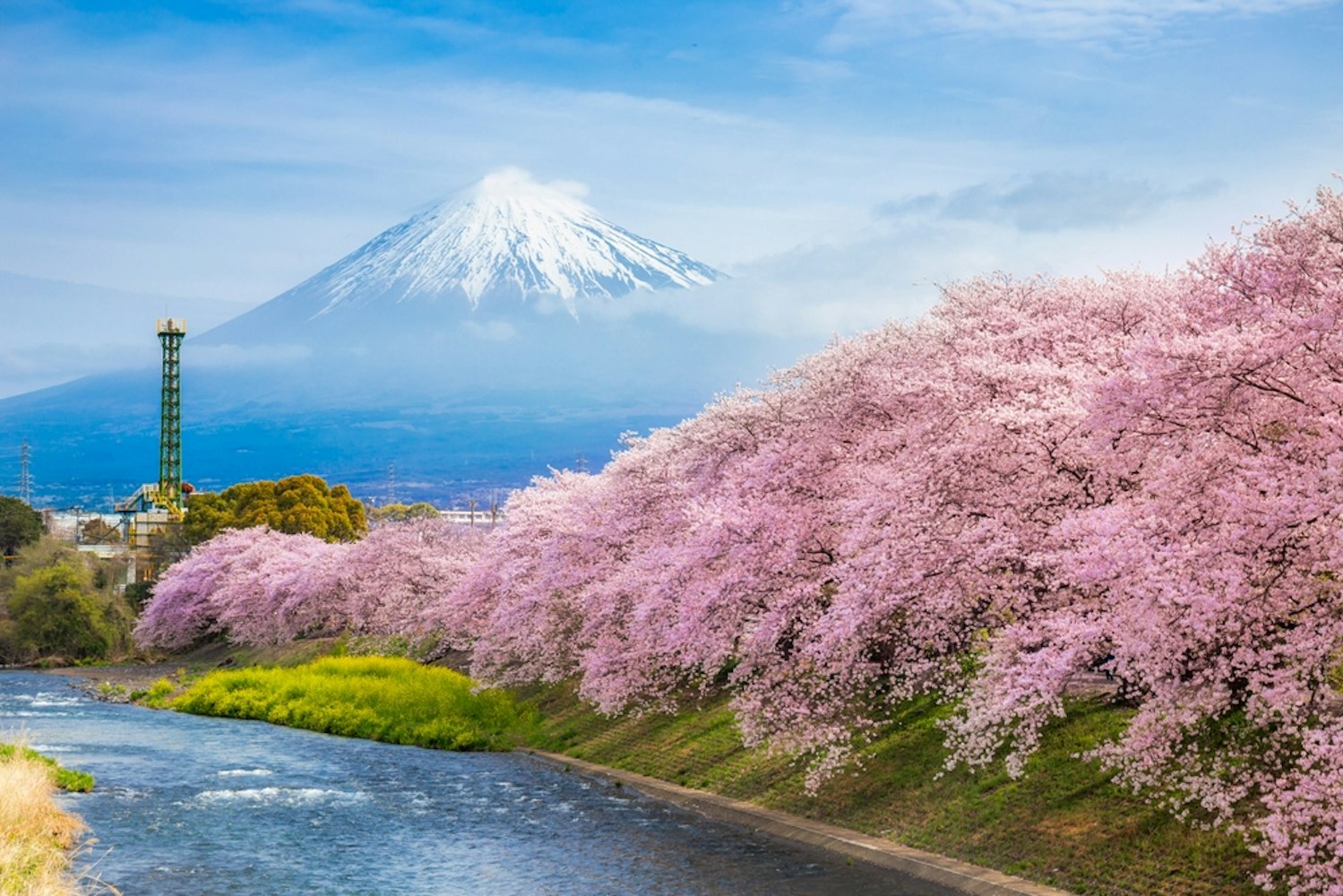
Mount Fuji transforms throughout the year, and the best time to visit depends on what you’re hoping to see or do:
Climbing Season (July to Early September): This is the only time when all climbing routes are officially open. The weather is warmer, and mountain huts provide rest stops for climbers.
Spring (March to May): The surrounding areas, especially Lake Kawaguchi, bloom with cherry blossoms, creating a magical backdrop for Mount Fuji.
Summer (June to August): The mountain is often surrounded by lush greenery. While climbing is possible, this season can also bring rain and humidity.
Autumn (September to November): Vibrant autumn foliage around the Fuji Five Lakes area offers photographers an ideal setting.
Winter (December to February): Snow covers the peak, creating a stunning contrast against the blue sky. While climbing is not possible, this is the best season for clear views of the mountain from Tokyo or nearby locations.
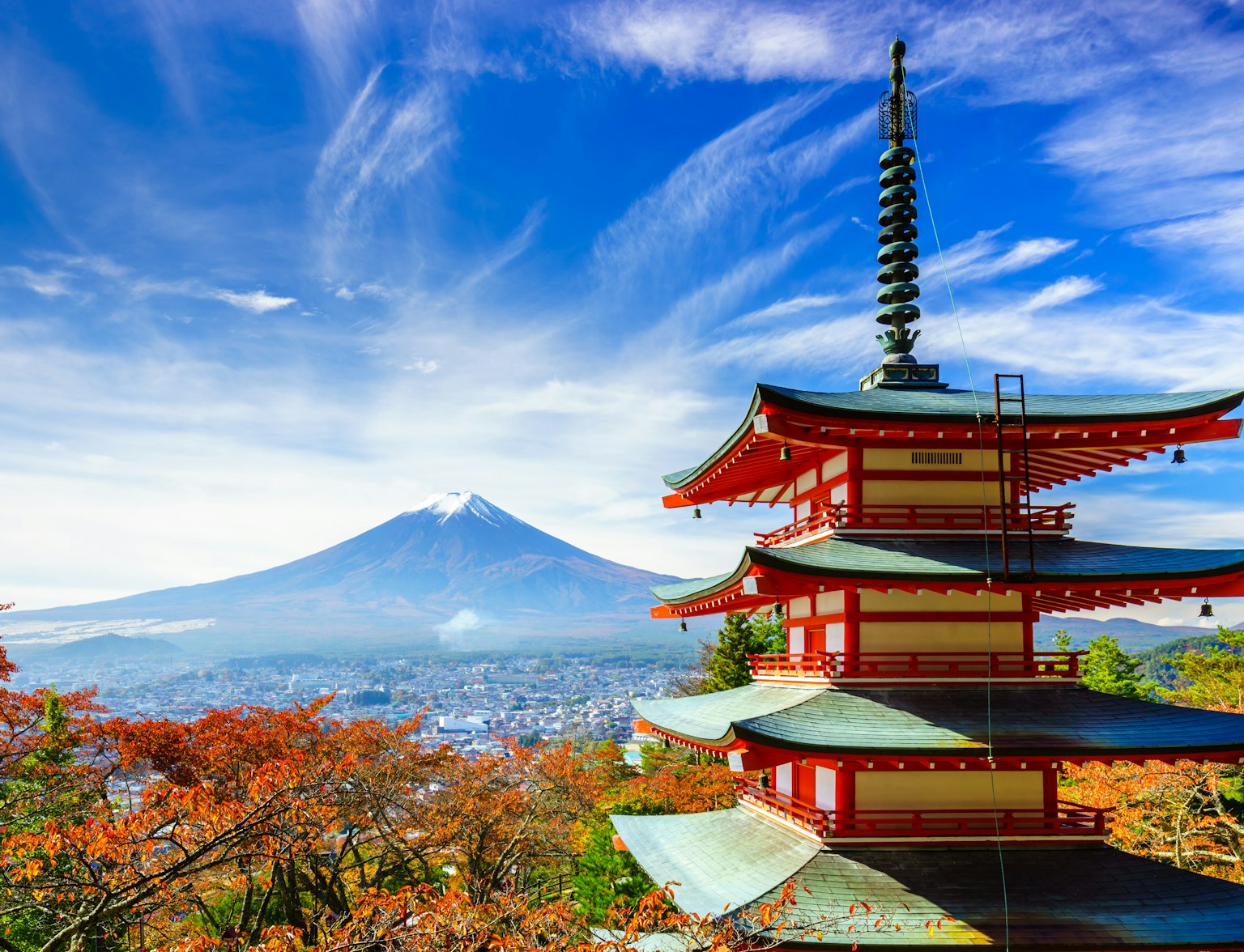
Discover Japan without limits with our all-access JR Pass!
The Japan Rail Pass is a cost-effective option for travelers planning to explore multiple destinations in Japan. While the pass doesn’t cover all routes to Mount Fuji, it includes several key connections:
Shinkansen from Tokyo to Shin-Fuji Station (Hikari trains included).
JR Chuo Line to Otsuki Station, where you can transfer to the Fujikyu Railway (separate fare applies).
Other regional JR lines connect Mount Fuji to nearby cities like Hakone, Shizuoka, and Nagoya.
If you plan to focus solely on the Mount Fuji area, look into regional passes like the JR Tokyo Wide Pass or the Fuji Hakone Pass for better coverage of local transport.
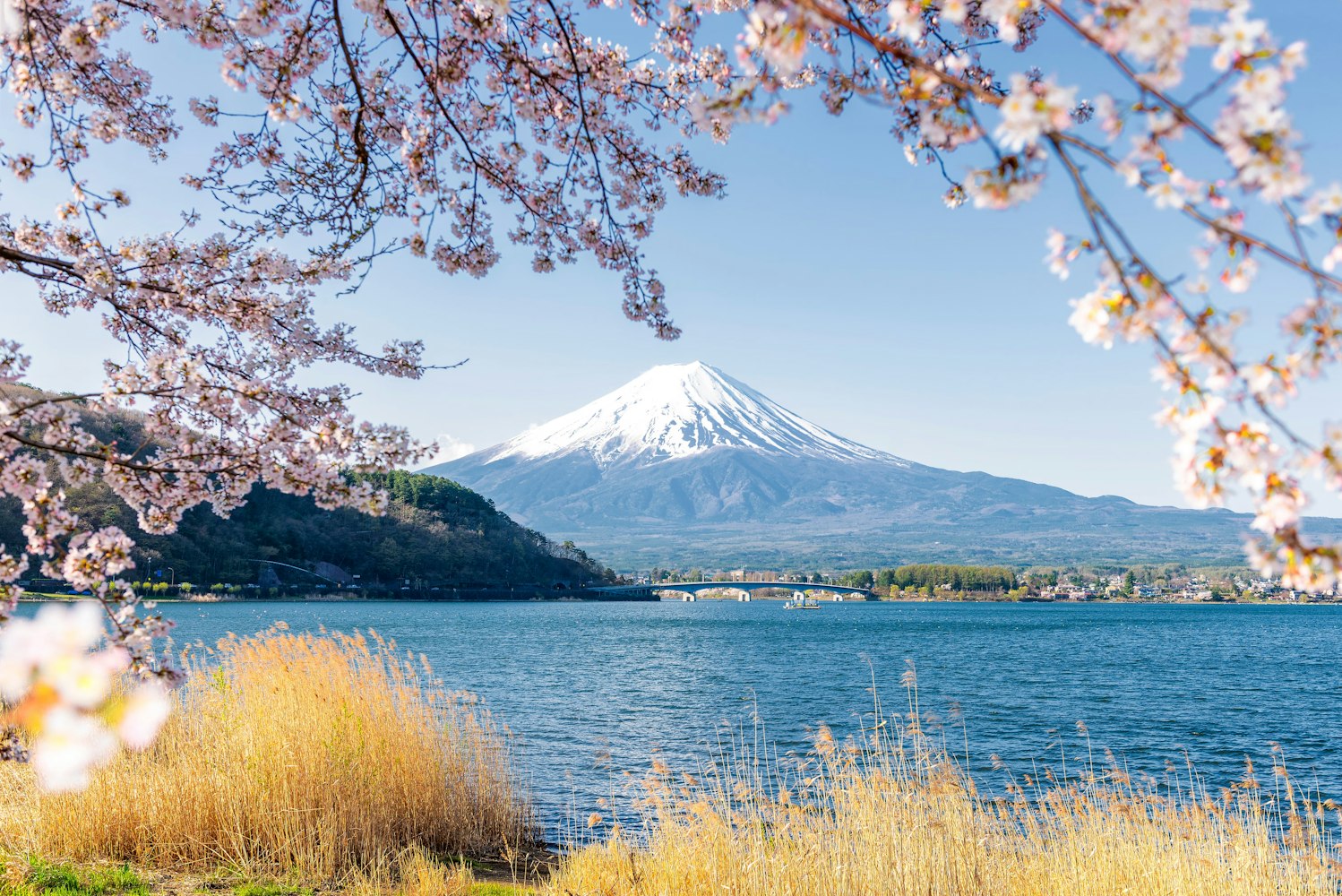
The Fuji Five Lakes—Kawaguchiko, Saiko, Shojiko, Motosuko, and Yamanakako—are renowned for their panoramic views of Mount Fuji and outdoor activities:
Lake Kawaguchi: This is the most developed lake, with easy access to accommodations, restaurants, and attractions like the Kawaguchiko Ropeway.
Lake Yamanakako: Known for its serene atmosphere, it is ideal for boating, fishing, and lakeside cycling.
Lake Motosuko: Famous for being featured on the Japanese 1,000-yen bill, this lake offers clear views of Mount Fuji.
Lake Saiko and Lake Shojiko: These are quieter, less touristy options surrounded by lush forests and hiking trails.
The Fuji Five Lakes area is perfect for camping, photography, or enjoying natural beauty.
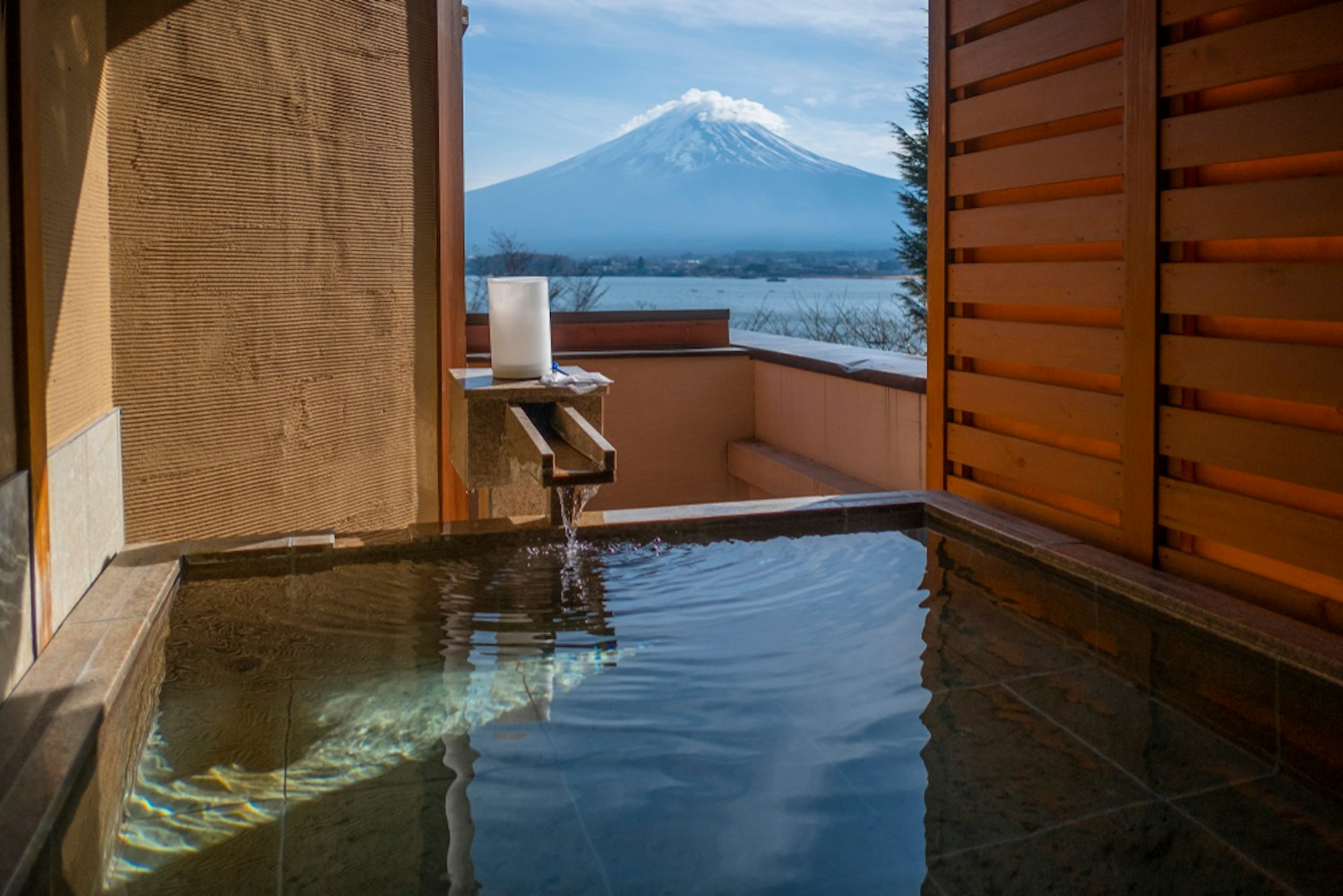
While a day trip to Mount Fuji is possible, staying overnight allows you to experience more and avoid rushing through your itinerary:
Accommodations with Views: Look for hotels or ryokans in Kawaguchiko or Yamanakako that offer views of Mount Fuji. Some places even have private hot spring baths with a view.
Mountain Huts for Climbers: If you’re climbing Mount Fuji, staying in a mountain hut is a unique experience. These basic huts provide a place to rest and acclimate to the altitude.
Budget-Friendly Options: Hostels, guesthouses, and campgrounds are widely available around the Fuji Five Lakes area.
An overnight stay also lets you witness the sunrise over Mount Fuji, an unforgettable sight.
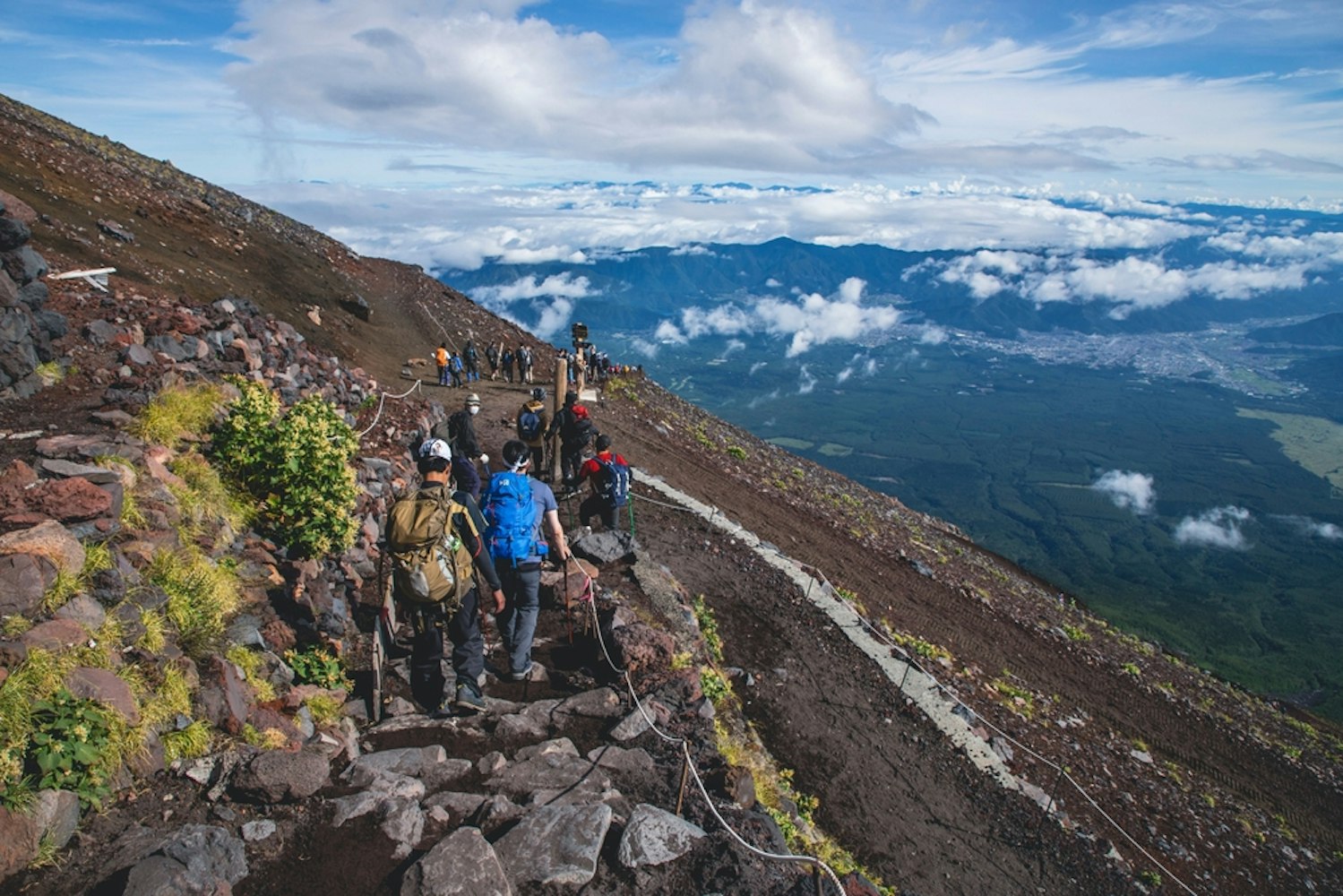
Climbing Mount Fuji is a bucket-list experience, but it requires careful preparation:
Routes: The Yoshida Trail is the most popular and beginner-friendly route. Other options like the Subashiri, Gotemba, and Fujinomiya trails offer varying levels of difficulty.
Altitude Sickness: Ascend slowly to avoid altitude sickness. Resting at the 5th Station or staying overnight at a mountain hut helps.
Packing Essentials: Sturdy hiking boots, warm clothing, a headlamp, gloves, and rain gear are must-haves. Bring plenty of water and high-energy snacks.
Plan your climb during the official season for safety and accessibility.
Beyond the mountain itself, the surrounding region offers a wealth of attractions:
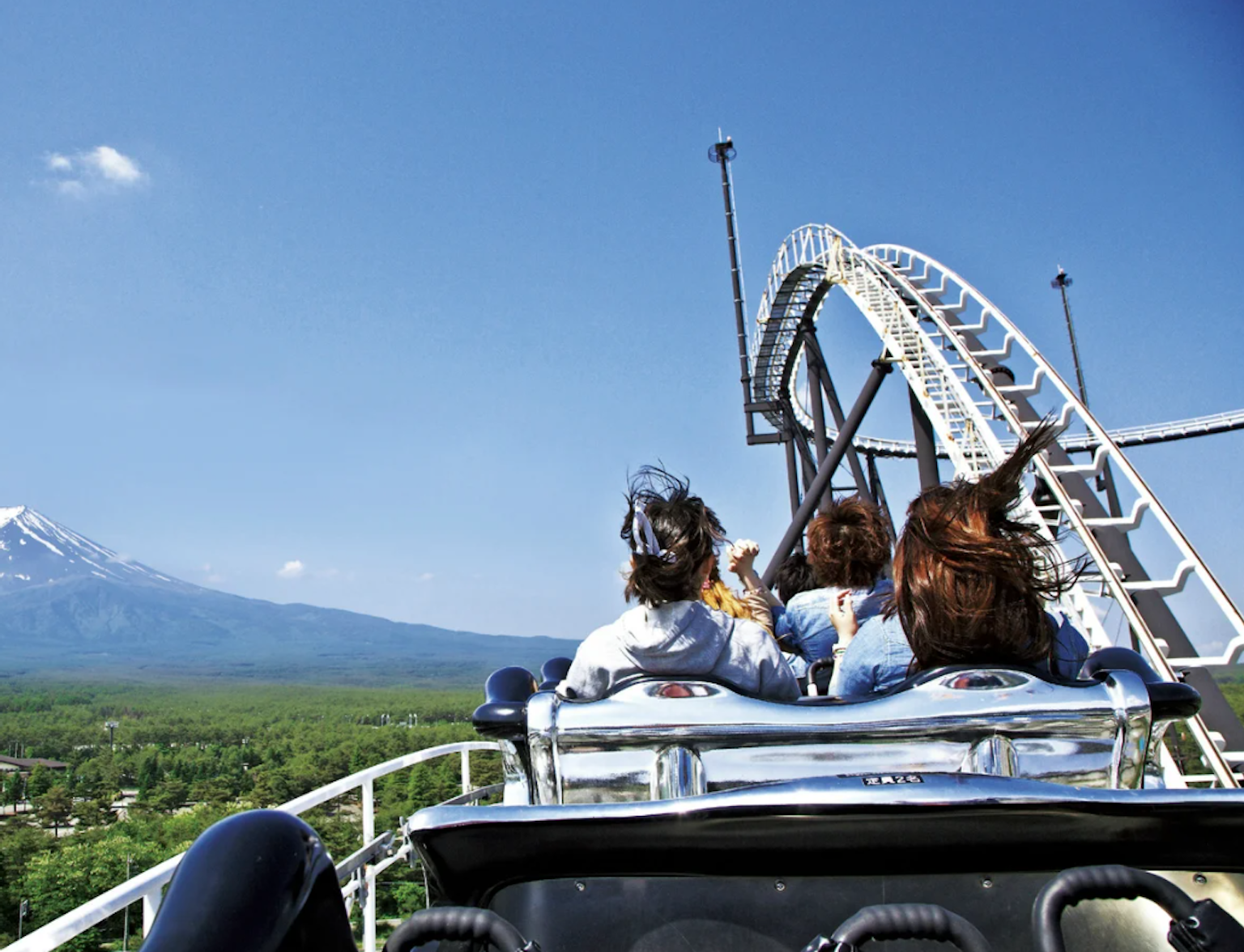
Make your visit to Fuji-Q Highland hassle-free with an e-ticket.
Fuji-Q Highland: This amusement park is known for its world-class roller coasters and scenic views of Mount Fuji.
Chureito Pagoda: One of the most photographed spots, this pagoda offers panoramic views of Mount Fuji framed by cherry blossoms in spring or fiery leaves in autumn.
Oshino Hakkai: A quaint village with clear ponds fed by Mount Fuji’s spring water. It’s a great spot to experience rural Japanese culture.
Hakone: Located nearby, Hakone is famous for its hot springs and Lake Ashi, where you can enjoy views of Mount Fuji on a clear day.
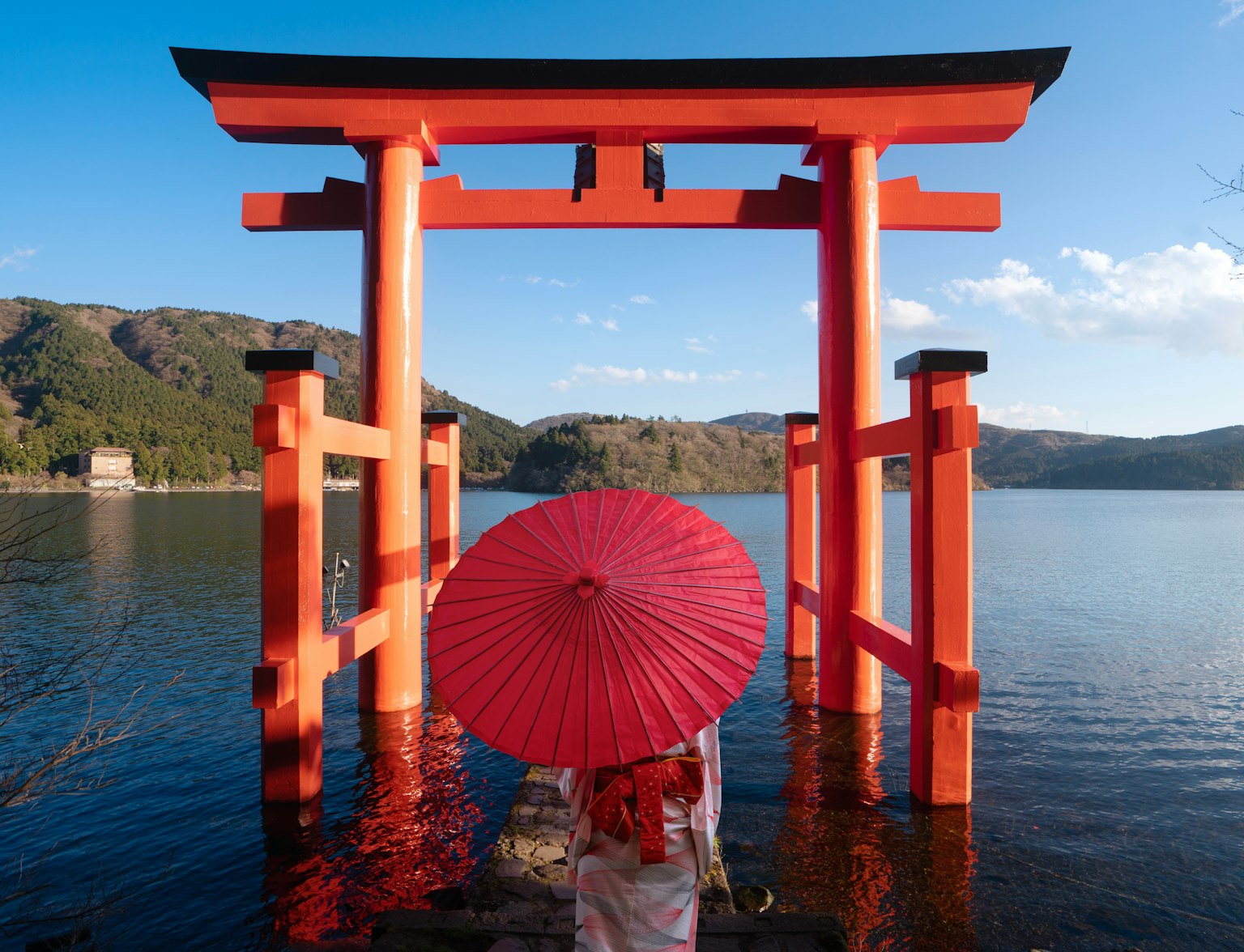
Explore Hakone and Kamakura with a 3-day rail pass.
Local passes can simplify your travel around the Mount Fuji area:
Fujisan Pass: This pass covers buses and some attractions in the Fuji Five Lakes area, making it ideal for sightseeing.
Hakone Free Pass: Perfect for combining a trip to Mount Fuji with nearby Hakone.
Round-Trip Bus Tickets: Many highway bus companies offer discounted round-trip fares, especially during off-peak seasons.
Booking tickets in advance is recommended, especially during holidays and weekends.

Mount Fuji is one of the most photographed mountains in the world. Here are some tips for finding the best viewpoints:
From the Train: On the Tokaido Shinkansen, sit on the right side when traveling from Tokyo to Osaka.
Kawaguchiko Ropeway: This cable car offers incredible views of Mount Fuji and Lake Kawaguchi.
Lake Reflection Spots: Visit spots around Lake Kawaguchi or Lake Motosuko for beautiful reflections of the mountain.
Seasonal Views: Cherry blossoms in spring and autumn leaves provide unique photographic opportunities.
Early mornings and late afternoons often provide the clearest views.
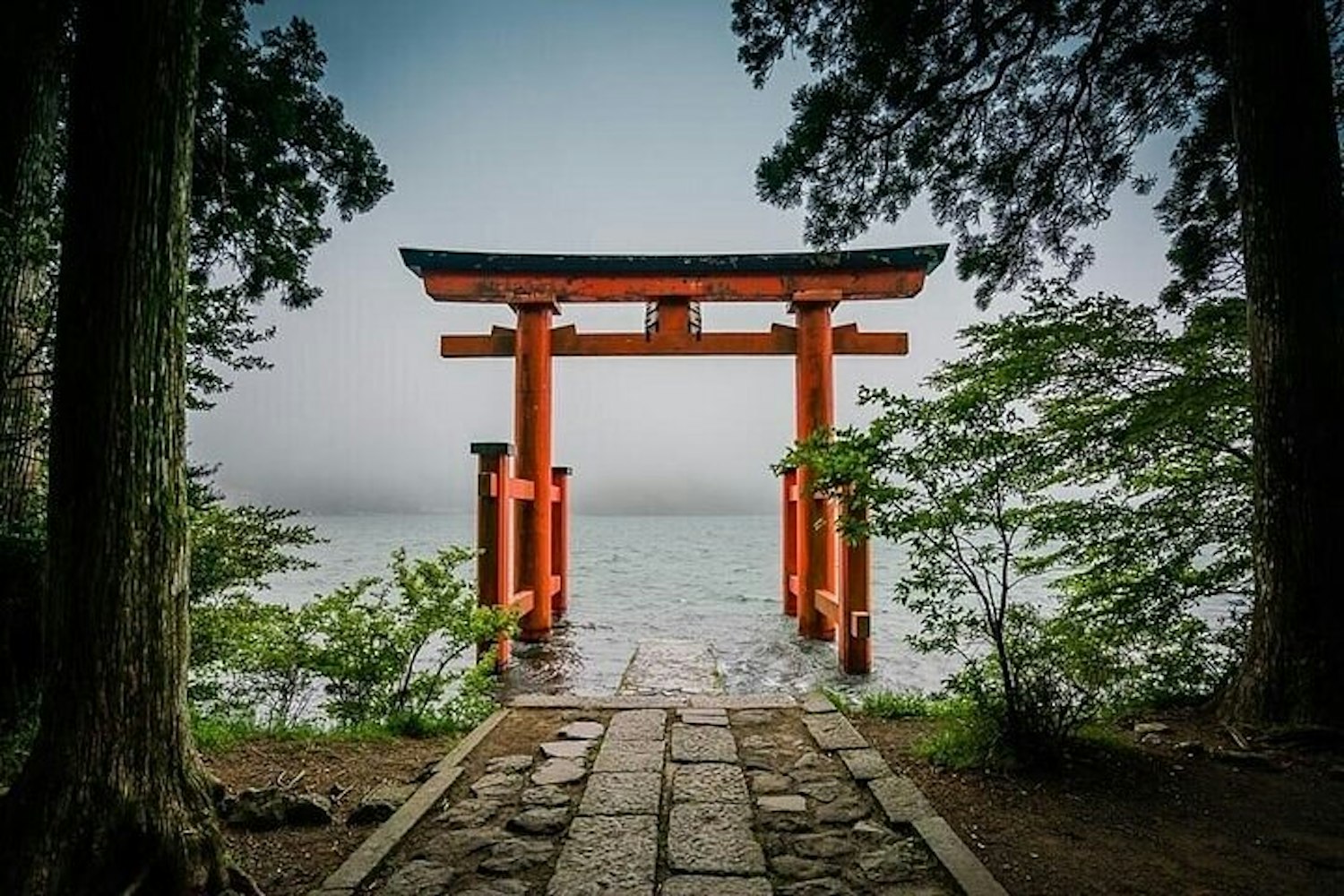
Traveling to Mount Fuji can be affordable or luxurious, depending on your preferences:
Transportation Costs: Buses are the most budget-friendly, while trains and rental cars offer convenience at higher costs.
Attractions: Many viewpoints and trails are free, but some activities, like ropeways or amusement parks, have entry fees.
Food and Drinks: Local restaurants serve specialties like hoto noodles made with seasonal ingredients from the region.
Accommodation: Prices vary widely, from budget hostels to luxury ryokans. Book early during peak seasons to secure your preferred option.
Plan your budget to include extra costs like tolls, parking fees, or additional transport passes.
Mount Fuji offers more than a striking view—it’s an experience filled with diverse activities, stunning landscapes, and cultural insights. To get the most out of your visit, align your plans with your interests. If you’re a climber, prepare well and tackle the trails during the official season.
For those who prefer leisure, explore the Fuji Five Lakes region, indulge in local cuisine, or unwind at a hot spring with Mount Fuji as your backdrop. Understanding the transportation options, best viewpoints, and regional highlights ensures a smooth and memorable trip.



